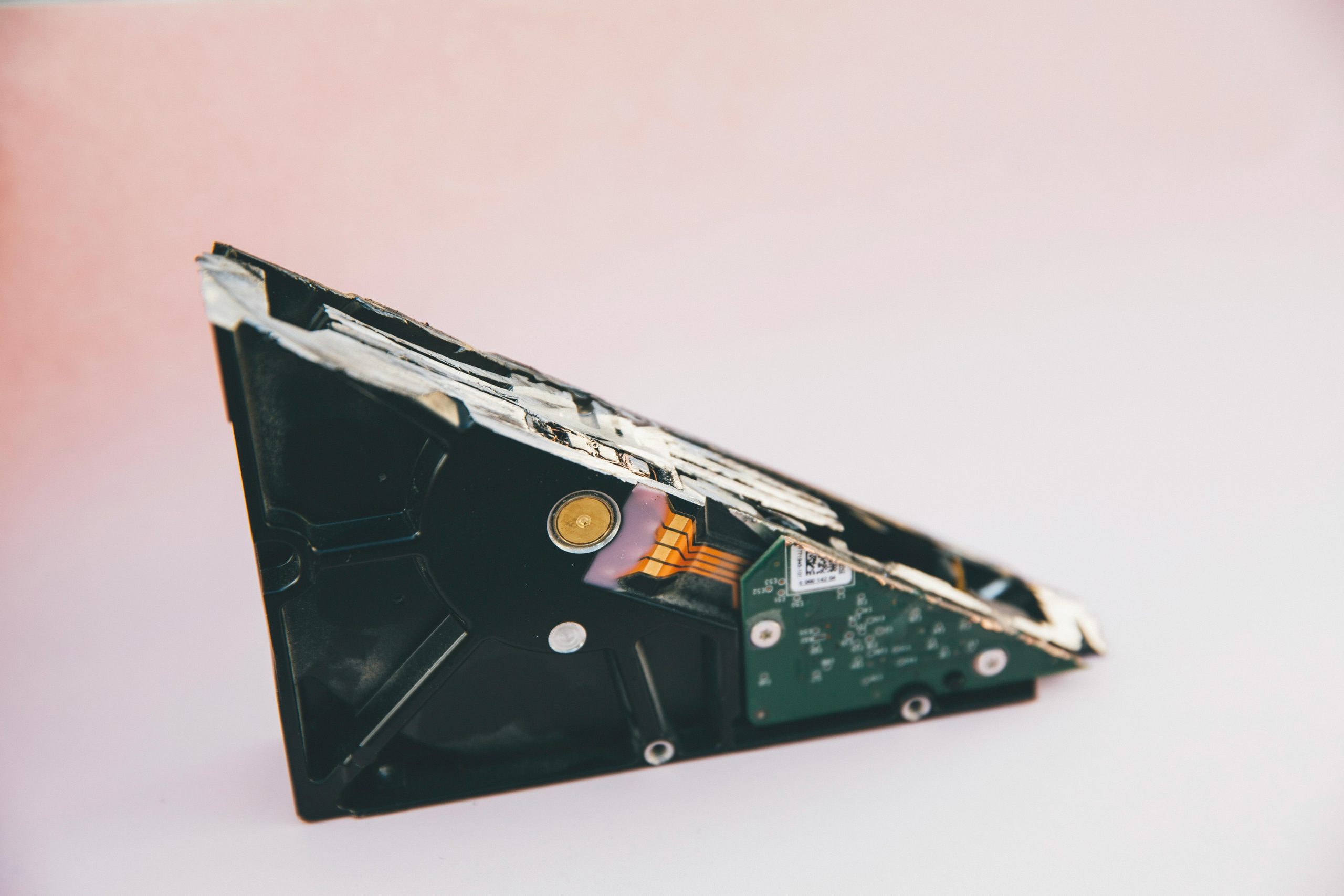Recovering Data from a Physically Damaged WD 20TB Hard Drive: Is It Feasible?
Hard drives are critical components for data storage, and proactively safeguarding your digital assets is essential. However, physical damage to drives can pose significant challenges to data recovery efforts. If you own a Western Digital (WD) 20TB HDD—specifically the model WDBAMA0200HBK-NESN—and it has sustained physical trauma, understanding your options for data recovery is vital.
Understanding the Damage
In the scenario described, the drive was accidentally dropped during operation. Subsequent attempts to connect it to a computer result in distinctive sounds: a series of clicking noises followed by a prolonged hissing sound. These auditory clues often indicate mechanical or internal component issues.
Notably, this particular model incorporates helium-filled technology, a design choice that enhances performance and reliability but can introduce complexities during recovery.
Is Data Recovery Possible?
The short answer is: yes, data recovery may still be possible, but it depends on the extent of the physical damage. The symptoms you’ve described suggest that the drive’s read/write mechanisms or internal components have been compromised.
Key Factors to Consider
-
Type of Damage: Physical drop damage can cause head crashes, platter misalignment, or motor failure. The clicking often hints at head synchronization issues, while hissing noises may indicate internal component damage or leakage.
-
Internal Design: Helium-filled drives have specialized sealed chambers. Damaged seals or internal components may require specialized recovery techniques.
-
Data Importance: Critical data warrants professional intervention. Attempting DIY repairs could risk further damage and data loss.
Recommended Next Steps
-
Avoid Using the Drive: Do not repeatedly connect or power the drive, as this can exacerbate the damage.
-
Consult Data Recovery Professionals: Contact reputable data recovery services specializing in physical drive repairs. These experts possess cleanroom environments and specialized equipment necessary to safely disassemble and repair damaged internal components.
-
Prepare Necessary Information: Provide details about the drive’s history, symptoms, and any actions taken thus far to facilitate an accurate assessment.
-
Evaluate Cost and Benefits: Data recovery from physically damaged drives can be costly, but securing important data—like business-critical files or irreplaceable memories—is often worth the investment.
Preventive Measures
-
Regular backups of vital data to multiple locations or cloud services.
-
Safe handling and storage practices to prevent physical damage.
-
Use of shock
Share this content:



